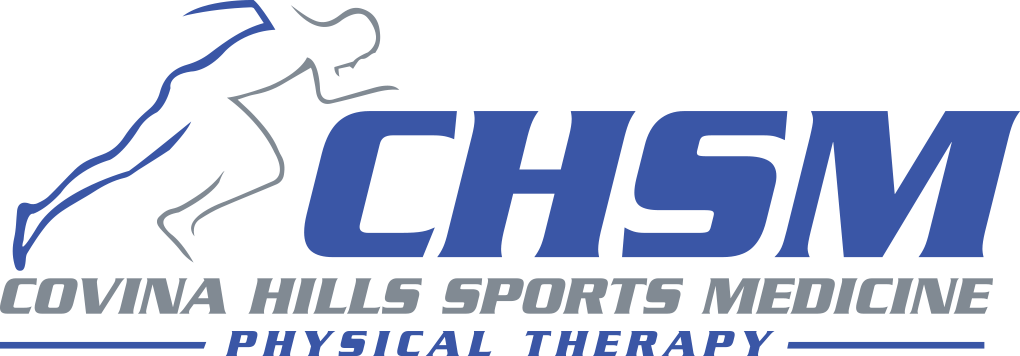Specialized Assessments
Covina Hills Sports Medicine treats individuals with injuries and disabilities of all ages, incorporating the latest information and techniques from research and advances in the field of physical medicine. To aid us in the assessment, treatment and rehabilitation of all our areas of practice including orthopedic rehabilitation, sports medicine and performing arts medicine we have the capacity to perform tests and procedures that are not available anywhere else in the region.

Computerized Strength Assessment: Covina Hills Sports Medicine is equipped with a Biodex® Isokinetic dynamometer that allows us to perform specific strength assessment of an individual’s extremities. The data aids in the determination of levels of disability as well as documenting progress and establishing treatment goals for rehabilitation.
MyoMUSCLE® Surface Electromyography (sEMG): In order for the human body to move efficiently in all functional activities, the muscular system needs to act in a coordinated fashion with strength and endurance. Improper muscle activation patterns have been linked to a multitude of chronic physical disorders.
We use state of the art Surface Electromyography (sEMG) to evaluate muscle recruitment patterns during functional movements like walking, running or exercising. The sEMG allows us to not only assess muscle activation patterns but also provide the patient or client with instantaneous visual feedback while they train or exercise under the guidance of a doctor of physical therapy. The sEMG is a non-invasive, yet powerful, tool to see the electrical activity of any muscle during the desired functional activity and can be combined with our video analysis and 3D motion capture assessment.

myoMOTION® 3D Motion Capture: The non-invasive assessment of functional movement in the trunk and extremities. Specific movements and activities such as jumping or running can be performed with the application of sensors that create a skeletal avatar and provides data on joint angles, angular velocity and movement patterns.
Video Movement Analysis: No matter how well trained, the human eye cannot always perceive subtle and quick movement of the human body in motion. The capture of movement with video allows for freeze frame and slow motion analysis which aids our therapist in detecting these important clues. The analysis of gait, running, cycling and sports specific drills is only possible with this technology.
Gait Analysis: The average person takes 3000 – 5000 steps per day. Even the slightest abnormality in how you walk can really add up and potentially be the source of pain in the back, hips, knees or feet. A full assessment of how you walk is the first step in correcting the abnormality. We use video analysis and 3D motion capture to detect abnormalities that are often not visible to the naked eye.
* Running Analysis: In any given year approximately 80% of runners will experience injury. A running analysis is intended for the recreational and competitive runners who have suffered injury or are just having pain while running. Using the technology of Video, 3D motion capture and surface electromyography (sEMG), a complete assessment of running biomechanics is possible to guide the physical therapist in the determination of underlying causes and contributing influences.
* Cycling Analysis: Cycling, whether for leisure or sport, is a very popular activity. The high repetition movement, however, can lead to pain and injury. Even the smallest deviation in position can progress into pain. Video analysis of your cycling biomechanics can be pivotal in identifying areas of concern and direct the physical therapist direction of care for your specialized needs.
* Return to Sport Assessment: The likelihood of re-injury following a return to sport is a serious concern. The objective measurement of lower extremity strength, control and coordination through video and 3D motion capture can determine the athlete’s level of readiness to return to full sports participation with greater confidence. Although you cannot always prevent re-injuries from occurring, the return to sport assessment is able to identify key indicators that have been implicated in non-contact, lower extremity injury.
